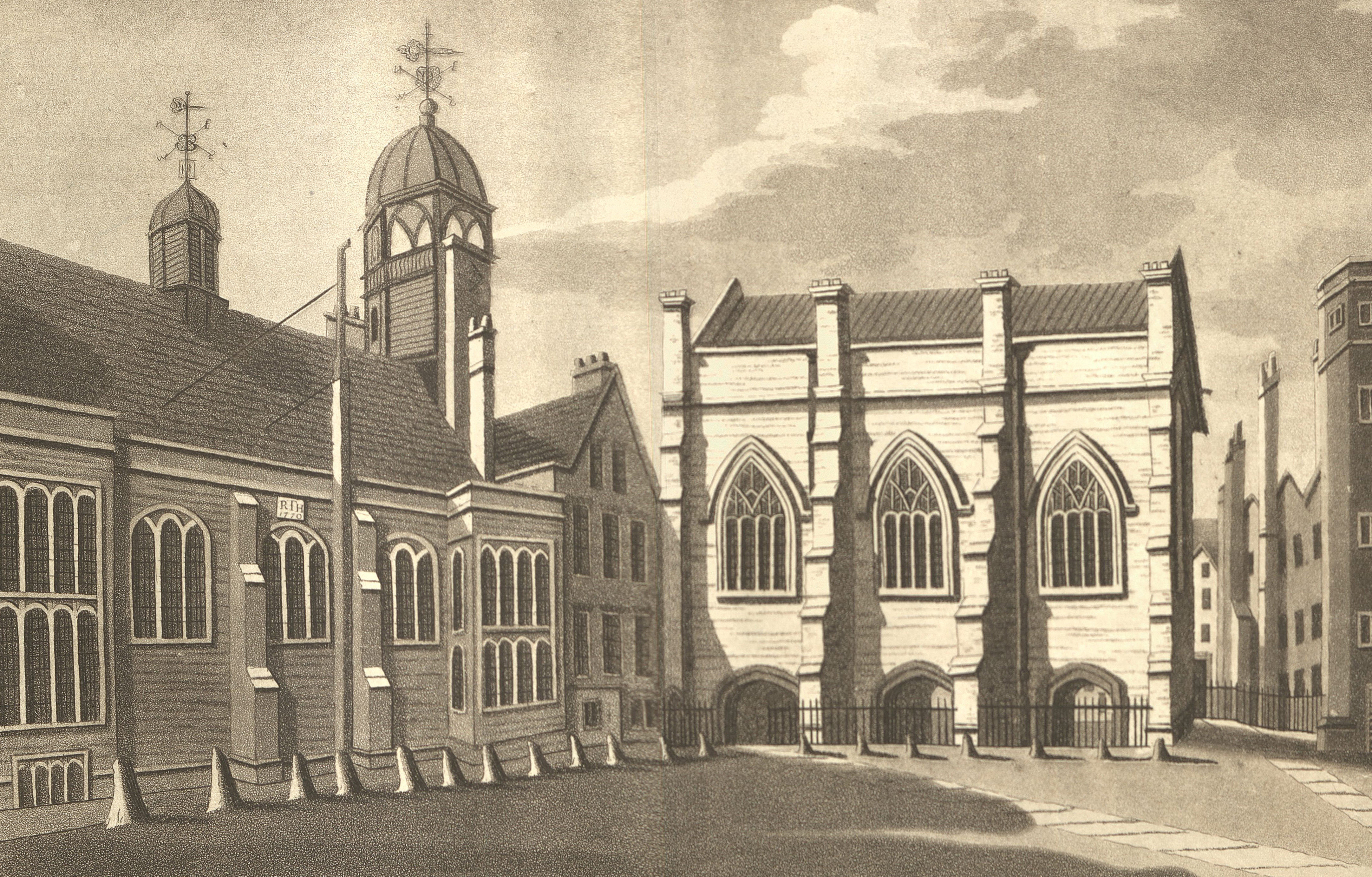Early American Legal Education
Early legal education in the colonies was practical, not unlike its English origins. The first American law professor, George Wythe (1726-1806), taught at William & Mary and mentored Thomas Jefferson. The first law schools, particularly proprietary schools, offered fairly detailed lectures along with instructor discussion, based in English common law. Admission to early bar associations required no formal degree and often a minimal oral exam; self-guided reading and some training in a law office remained the common preparation. Between 1850 and 1900, law schools grew significantly in number, became more rigorous, and started to offer two-year LL.B. degrees.
James Kent, Dissertations: Being the Preliminary Part of a Course of Law Lectures (New York, 1795).
Kent was invited to teach law at Columbia College in the 1794-95 term, lecturing twice weekly over 13 weeks to seven undergraduates, 37 lawyers and their apprentices. The pamphlet here publishes three introductory lectures. Kent imitated Blackstone’s systematic approach, but set an even wider scope, first discussing American history while omitting points of law. His practical audience was little interested, and by 1796 Kent had no attendees. Proprietary schools, focused on doctrine and practice, would enjoy more early success.
Tapping Reeve, The Law of Baron and Femme, of Parent and Child, of Guardian and Ward, of Master and Servant ... (New Haven, 1816).
Reeve (1744-1823) headed the first proprietary law school in the United States, and certainly the most influential. He taught students in his Litchfield, Connecticut home and built a separate schoolhouse in 1784. 101 U.S. Representatives, 28 U.S. senators, 14 state governors, and three Supreme Court justices attended Litchfield in 50 years. Lectures focused on real property, contracts, pleading and other private law topics, based on surviving notebooks. This is Reeve’s influential treatise partly on marriage law.
Course Offerings at Harvard Law School, Spring Term, 1849.
Harvard established a law department in 1817. Like other schools, it often struggled to retain students and enrolled undergraduates not seeking a more traditional liberal arts education. This 1849 broadside bulletin advertising Harvard’s spring courses states that textbooks will be free, also noting the size of the Law Library and College Library as enticements. Practice-related issues were important: biweekly moot courts and legal writing experience were included. The full term fees were $50: not paltry, but a modest sum.
Christopher Columbus Langdell, A Selection of Cases on the Law of Contracts: With References and Citations, Prepared for Use as a Text-Book in Harvard Law School (Boston, 1871).
Langdell (1826-1906), the dean of Harvard Law School from 1870-95, revolutionized legal instruction with the case method. Involving questions and student answers to identify legal rules, Langdell’s approach went beyond staid lectures. He viewed law as a science, though only certain cases revealed its real outlines. Here his path-breaking casebook on contracts provided no commentary, relying on class discussion to draw out each point. Though somewhat slow to be adopted, his method became the standard in American legal instruction.
Report on Legal Education, Prepared by a Committee of the American Bar Association and the U.S. Bureau of Education (Washington, D.C., 1893).
The American Bar Association, founded in 1878, surveyed American legal education to evaluate and improve standards. By 1891, there were 56 law schools, many of which were quite new. Instruction centered on private law and was a hybrid of several methods: textbook reading, followed by questions and discussion; prepared lectures, with discussion and examination; and the case method. The report’s authors in fact criticized the newly popular method, arguing that first-year students were not ready for unaided case analysis.





